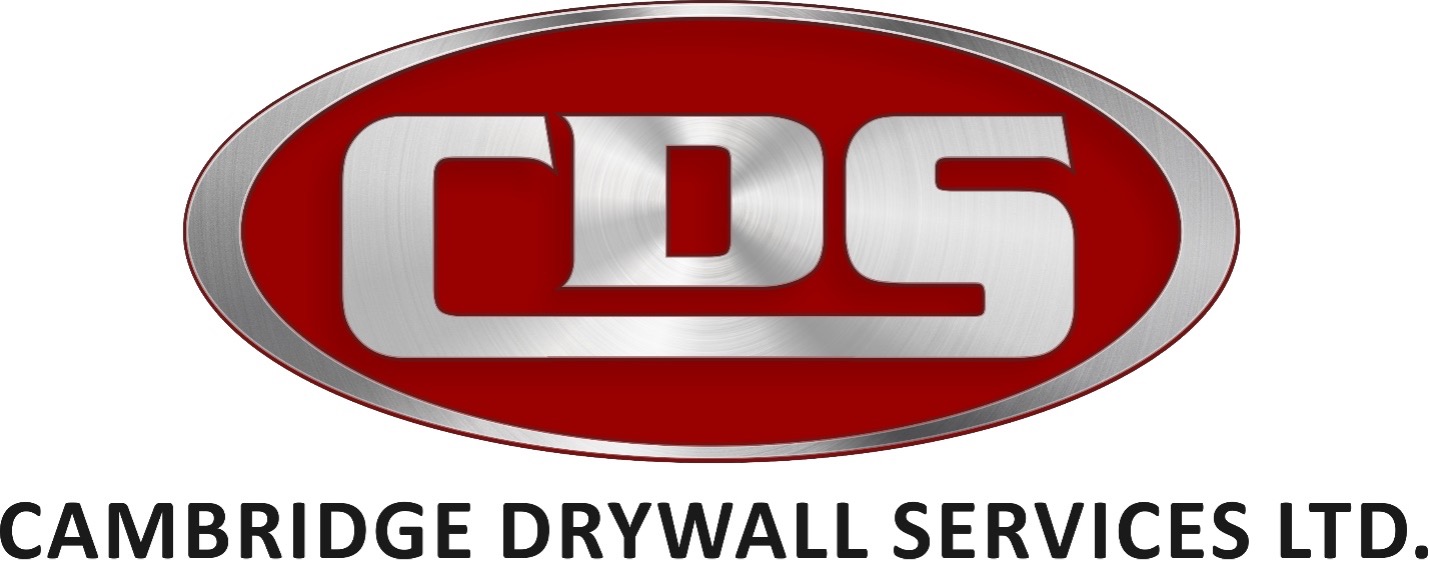
Preventing Moisture Damage in Cambridge Drywall: Tips for Long-Lasting Walls
Moisture damage is one of the most common challenges in both commercial and residential construction. Water intrusion, high humidity, or condensation can weaken drywall, cause unsightly stains, and even lead to mold growth. For Cambridge property owners and managers, understanding how to prevent moisture damage is essential for maintaining durable, attractive interiors.
At Cambridge Drywall Services, we help clients protect their walls from moisture-related issues using proven materials, installation techniques, and maintenance strategies. In this guide, we’ll explore common causes of drywall moisture damage, how to prevent it, and practical tips for long-lasting walls.
Why Moisture Damage Happens in Drywall
Drywall is naturally porous, making it vulnerable to water exposure. While small amounts of moisture may not cause immediate problems, prolonged exposure can lead to serious damage.
Common causes of moisture damage include:
- Leaky roofs or plumbing issues
- High indoor humidity levels
- Flooding or water infiltration from exterior walls
- Condensation around windows or HVAC systems
Moisture can lead to soft or sagging drywall, warping, bubbling paint, and in severe cases, mold growth. Understanding these risks is the first step in protecting your property.
Preventive Strategies for Long-Lasting Drywall
Preventing moisture damage starts with proper installation and ongoing maintenance. Cambridge Drywall Services applies industry best practices to ensure walls remain strong and moisture-resistant.
- Use Moisture-Resistant Drywall
Specialty drywall, often called greenboard or purple board, is designed for high-moisture areas like bathrooms, kitchens, or utility rooms. This type of drywall resists water absorption and reduces the risk of mold growth. - Proper Sealing and Caulking
Sealing joints, corners, and gaps prevents water infiltration. Caulking around windows, doors, and baseboards adds an extra layer of protection. - Maintain HVAC and Ventilation Systems
Good airflow helps control indoor humidity. Ensure your HVAC systems are properly maintained to reduce condensation on walls and ceilings. - Inspect and Repair Leaks Promptly
Even minor leaks can lead to significant damage over time. Address plumbing or roof issues quickly to prevent water from reaching drywall. - Plan for Damp-Prone Areas
When renovating or building, consider moisture risks in the design. Install moisture-resistant drywall in areas prone to water exposure, like break rooms, storage areas, or restrooms.
Best Practices During Renovation or Installation
Correct installation is critical to preventing moisture damage in new constructions or renovations.
Installation Tips:
- Maintain proper spacing between panels to accommodate expansion and contraction
- Use moisture-resistant joint compounds in damp areas
- Ensure fasteners are correctly placed and countersunk to avoid weak points
- Apply protective primers and finishes to walls exposed to humidity or water
Cambridge Drywall Services ensures every project meets these standards, delivering walls that not only look great but stand the test of time.
The Role of Professional Contractors
DIY drywall work may save money upfront, but improper installation increases the risk of moisture damage. Experienced contractors provide:
- Expertise in selecting the right drywall and materials
- Proper installation techniques to prevent water infiltration
- Knowledge of building codes and moisture-related safety requirements
Hiring Cambridge Drywall Services ensures your walls are installed correctly and protected against moisture issues. For more information about our team and company values, visit our About page.
Additionally, we prioritize workplace safety and compliance, ensuring all projects follow strict guidelines. Learn more about our health and safety protocols here.
FAQs About Moisture Prevention in Drywall
Q1: Can moisture-damaged drywall be repaired, or does it need replacement?
Minor surface damage can be patched, but severe sagging or mold requires full drywall replacement.
Q2: How can I tell if drywall is absorbing moisture?
Signs include warping, discoloration, bubbling paint, or a musty odor. Moisture meters can confirm hidden issues.
Q3: Is moisture-resistant drywall worth the extra cost?
Yes, particularly in damp areas. It reduces the risk of long-term damage, saving money on repairs and replacements.
Q4: Can poor ventilation contribute to drywall damage?
Absolutely. Inadequate airflow increases humidity and condensation, accelerating moisture-related issues.
Q5: How often should I inspect my commercial property for moisture issues?
Routine inspections at least twice a year, or after heavy rain or plumbing events, help catch problems early.
Q6: Can drywall installation techniques prevent future mold growth?
Yes. Proper sealing, moisture-resistant materials, and correct joint finishing all reduce mold risk.
Call to Action
Protect your Cambridge property from costly moisture damage with professional drywall solutions. Cambridge Drywall Services offers expert installation, moisture-resistant materials, and reliable maintenance strategies for long-lasting walls.
Contact us today for a free consultation:
Phone: (519) 624-1575
Email: info@cambridgedrywall.com
Or reach out via our contact page.
Check our portfolio to see how we’ve helped other Cambridge businesses maintain durable, moisture-resistant drywall installations.
